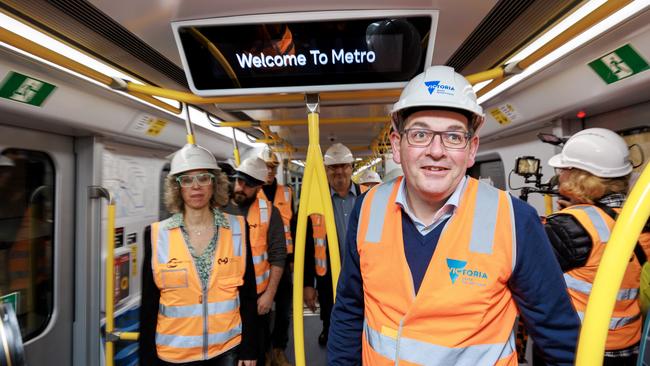
I’ve had a look at some of these surveys to understand how their drum-roll conclusions are reached. Some are undertaken from the perspective of expatriate executives being transferred to live in another city. Comparisons are made about the quality of (high-end) housing, private educational choices, private health choices, entertainment/sport, community safety and the weather, among other things.
Melbourne has a temperate climate – it doesn’t get too cold by world standards. Living in a large, rented mansion close to the CBD and a number of private schools (fees paid by the employer, naturally) would be a fantastic arrangement for just about anyone. Add in relative community safety, access to the best doctors, concerts, sporting events and lots of parks in the better suburbs and, voila, Melbourne becomes a highly liveable city.
The reality for most ordinary folk in Melbourne is very different. Many families live many kilometres from the CBD, there is a shortage of green spaces, the schools are packed and it’s difficult and expensive to get an appointment with a doctor.
The roads are choked and the public transport is unreliable and patchy. The train lines simply don’t go to many of the new and rapidly growing suburbs. Housing is increasingly unaffordable and tenants are facing rapidly rising rents. Living in a poorly constructed apartment building – they litter certain suburbs – is hard to square with Melbourne being a liveable city. There are high rates of crime in some parts of the city.
It’s worth taking a look at the population numbers here. In 2000, just over 20 years ago, there were 3.4 million people living in Melbourne; it is now 5.2 million. In other words, the population has increased by nearly 2 million people, or more than 50 per cent. By the end of the decade, it is expected the population will reach 5.7 million on current trends and will hit 6 million by 2035.
The main point to note is that this extremely rapid population growth has been the result of a deliberate policy choice to expand the migration program for both temporary and permanent entrants. More than two-thirds of the population growth can be attributed to immigration.
The fact that in recent times migrants have flooded to Melbourne (and Sydney and southeast Queensland) reflects in part the power of chain migration: new migrants flock to the cities where migrants from the same countries have already settled. Inadequate infrastructure, inadequate and expensive housing and deficient public services won’t deter the flow of migrants where push factors are more important than pull factors.
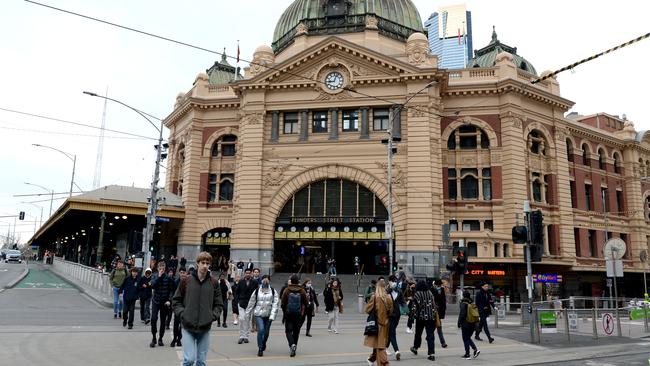
It could be pointed out it’s the federal government and not states that determines the immigration policy settings, including the visa arrangements. The reality is more complex, with the states having significant input into the decisions made as well as actively supporting state-based visas.
The link here with liveability is obvious: by allowing the population to grow at unsustainably high rates, the liveability of the city is compromised for all residents. Those on higher incomes are able to cushion the impact more than others, although getting to the airport, for instance, is tough no matter what your circumstances. But where the impact is playing out most is in relation to housing affordability.
The waiting list for public housing has blown out in recent times and reflects the lost hope for home ownership rather than a desire to live in public housing. Let’s be clear here: public housing in Melbourne does not have a proud history, with run-down high-rise towers and dilapidated houses in a small number of suburbs largely making up the mix. Rather than take the sensible decision of reducing the number of new migrants – while making it clear that temporary means temporary – the federal government, with the support of state governments (and universities and property developers), has shown no inclination to change course. This is notwithstanding the fact some of the visa categories are clearly rorted.
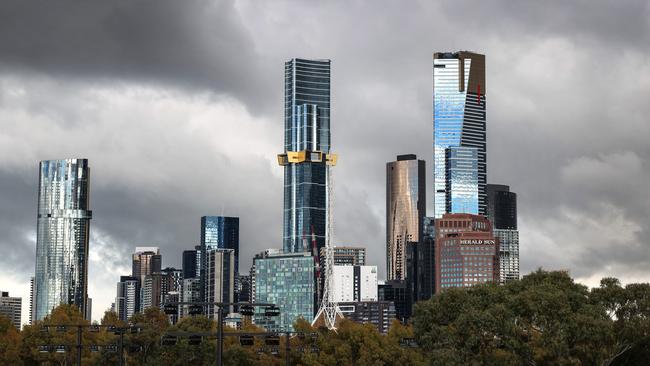
One example is the switching of new entrants from the very easily obtained student visa to an 804 visa, which was introduced during the pandemic and provides for full working rights. The fact the parents of migrants are able to stay in the country during their decades-long wait for a parent visa dilutes the argument that migrants delay the ageing of the population as well as add to the skill base.
The broader point is that the immigration program, notwithstanding the minor tweaks implemented by the current government, has led to an expansion in the size of the population that necessarily leads to a loss of liveability for existing residents, particularly in cities like Melbourne.
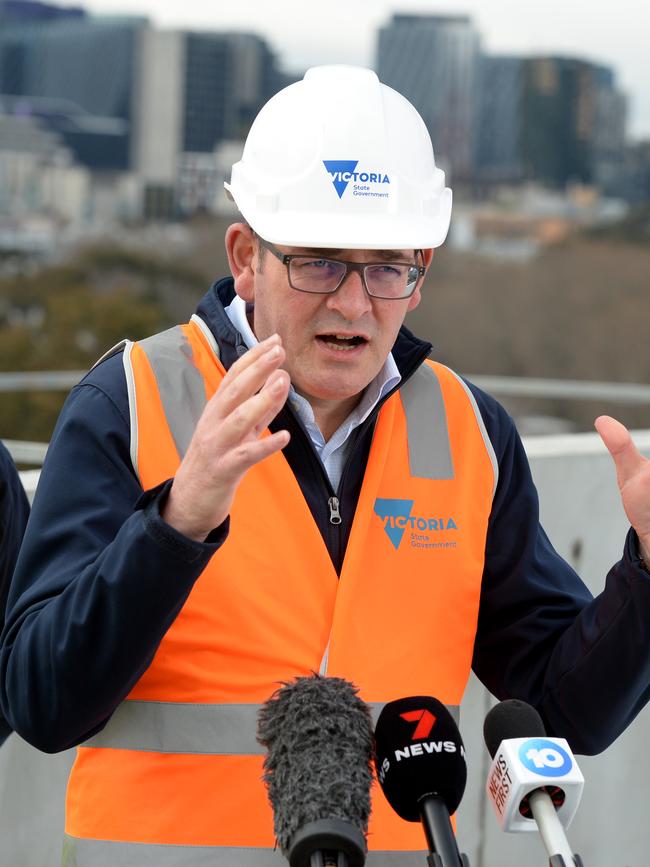
This is not to deny that there are winners – property developers, educational providers, employers facing worker shortages and the like. And the link between population growth and GDP growth – but not per capita GDP growth – has a certain appeal for the federal government as it can brag about avoiding a recession while combating inflation.
The scariest development in Melbourne now is the carte blanche the strong population growth has provided for the state government to override the planning responsibilities of local councils and to impose high-density and high-rise developments on many of the middle suburbs. Urban sprawl is used as a derogatory term. Under the false pretext of the recently released report of the anti-corruption commission – it damned some councils and the state government – the Premier of Victoria is now keen to override the local councils to see high-density developments relatively close to the CBD.
Needless to say, the property developers are extremely enthusiastic and will willingly reserve some of the new apartments for “affordable housing”. Note here that apartments are almost always constructed by unionised workers, which is in contrast with stand-alone houses.
The net effect over time will be to significantly alter the nature of the conurbation. Gone will be single dwellings with gardens and backyards; Melbourne will begin to resemble Moscow, Hong Kong and some European cities. The Suburban Rail Loop is part of this plan as the high-rise (and often shoddy) apartment buildings will be located near the main stations. Families may prefer to live in houses but if small apartments are all that are available, they will take that option.
Melbourne, the most liveable city in the world – pull the other one. It’s all downhill from here unless enough politicians come to their senses.




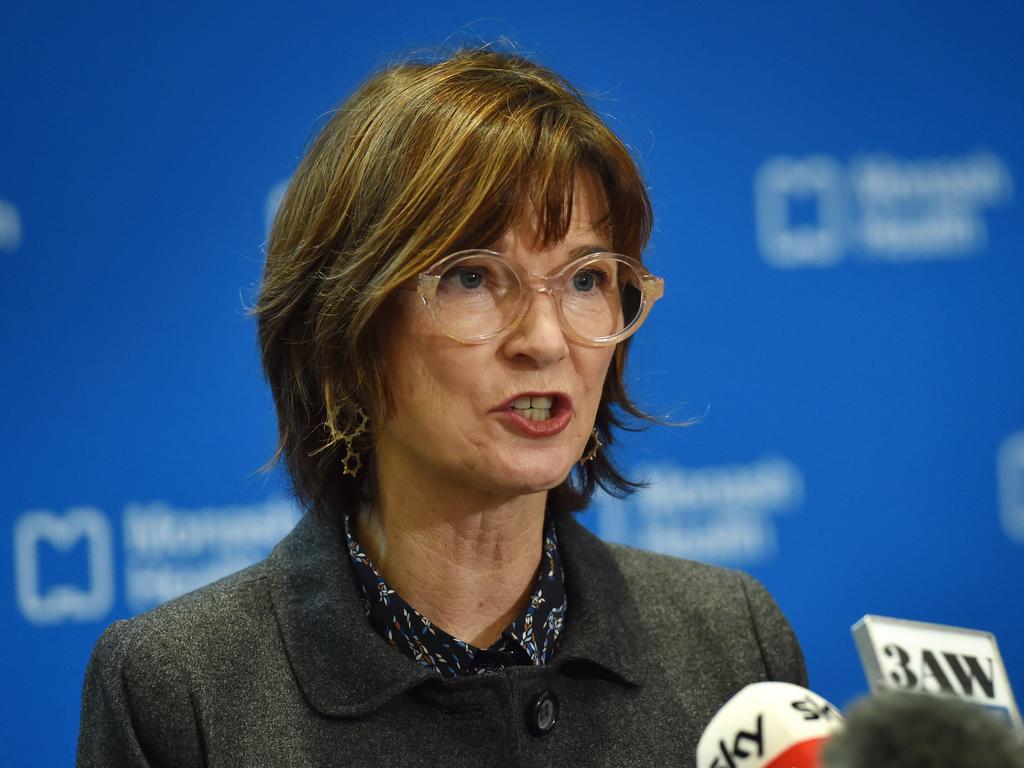
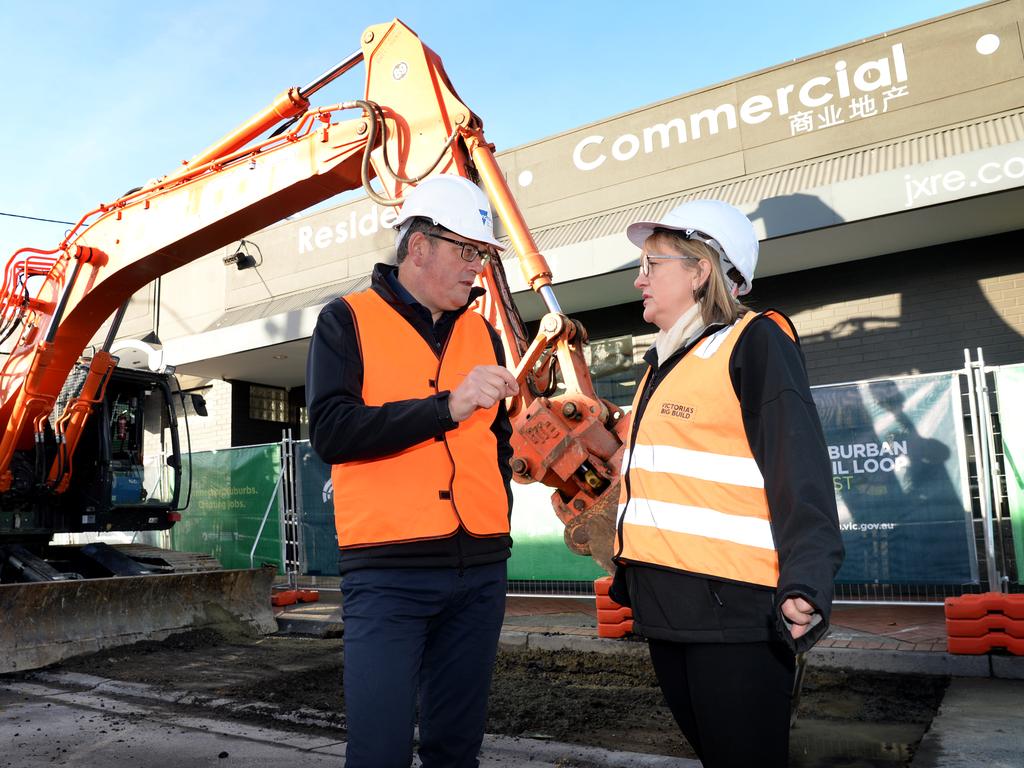

I have always wondered whether those liveability surveys are serious. You know, the ones that tell us Melbourne is the most liveable city in the world – or one of them. Has the person who reaches this conclusion been smoking something?